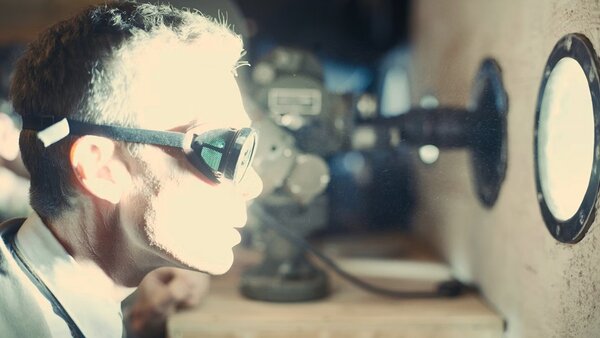10 Movie Scenes That Should've Used CGI
Sometimes practical effects just don't cut it.

Though many often complain about the overabundance of CGI in movies these days, it's also fair to say that visual effects are a tool like anything else, and when employed with intention by a skilled filmmaker, they can massively enhance a movie beyond what is possible practically.
And while there's a lot to be said for the benefits of practical effects, where filmmakers know precisely what they've captured on the day and actors have something to work with on set, doing things "for real" also has its share of limitations.
And so, there have absolutely been movies over the years which overzealously relied upon tangible props which, ultimately, didn't cut the mustard with audiences. As such, it's tough not to feel that each of these scenes would've instead been better served by VFX.
In the case of these 10 movies, each seemingly had the resources to render these scenes with CGI, but for a variety of reasons we ended up with the inferior in-camera treatment instead.
The lesson here? Practical filmmaking is great, but it's not always superior to going digital...
10. The Animatronic Bear - The Wolverine

An early scene in 2013's The Wolvering sees Logan (Hugh Jackman) come across a dying grizzly bear in the woods and put it out of its misery with his sharp claws.
Though the brief glimpse of the bear earlier in the film was achieved digitally, for this sequence the production opted to use a 12-foot animatronic.
And while it's great that Hugh Jackman had something tangible to work opposite, the rather dated-looking prop doesn't really hold up in a film so awash with digital effects elsewhere.
The bear animatronic genuinely looks like something Hollywood would've used decades ago, with its literally robotic movements failing to convince that we're actually looking at anything close to a real grizzly.
Even with the scene smartly taking place at night, which should in theory conceal many of the rougher seams, the frequent lightning flashes make it overwhelmingly obvious that we're looking at a cheap, hokey prop.
Given that James Mangold was playing with a $132 million budget here, this scene needed to use CGI.